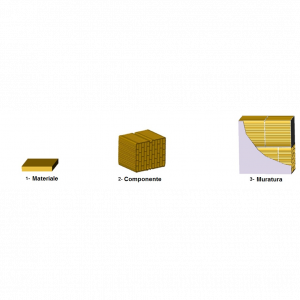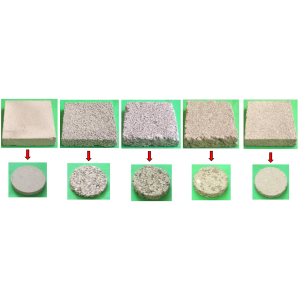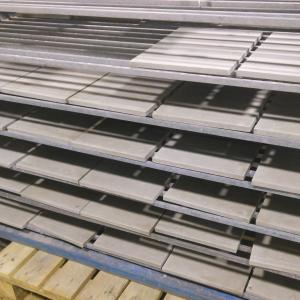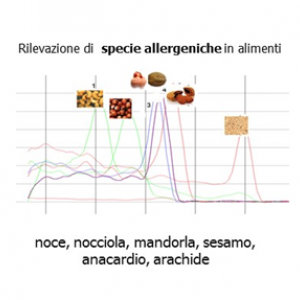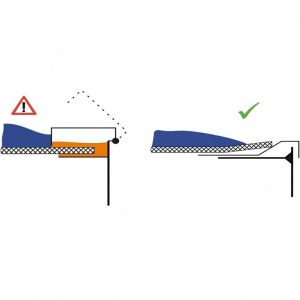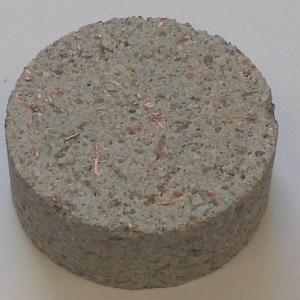
High thermal conductivity screeds for applications in underfloor heating systems
The research has led to the development of high thermal conductivity screeds, able to optimize the performance of underfloor heating systems. The increased thermal conductivity fosters the heat transfer from screed to internal environment in terms of...


